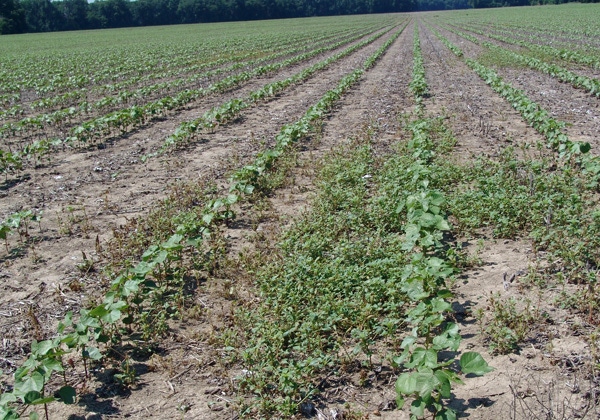June 17, 2015

Physiological and molecular mechanisms are responsible for difference in HPPD-inhibitor herbicide efficacy of Palmer amaranth. For several years farmers and scientists have seen this herbicide class perform well under cool conditions—less than 80 degrees—but were less effective when temperatures increased to the upper 80s and 90s.
Kansas State University assistant professor and weed physiologist Mithila Jugulam and her team have shown the physiological and molecular mechanisms for this temperature effect. The research explains what is going on within Palmer amaranth plants at different temperatures and how it influences the effectiveness of HPPD-inhibitor herbicides.
Findings have been published in the online journal PLOS ONE. Read more on this study. http://www.ksre.ksu.edu/news/story/weed_control061715.aspx.
You May Also Like




